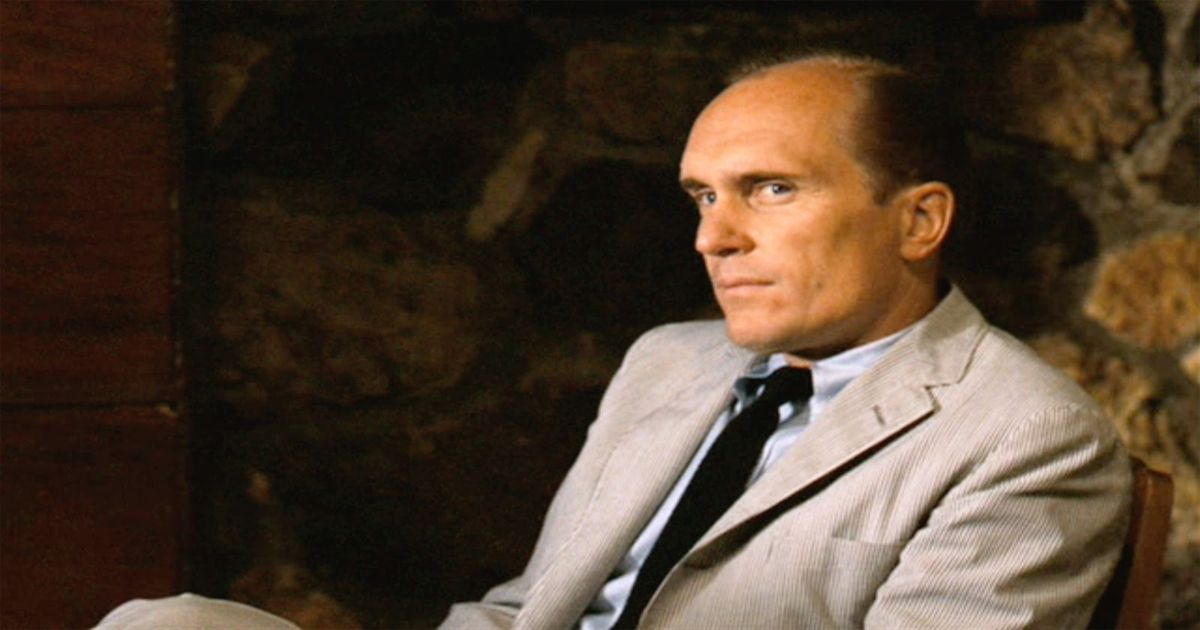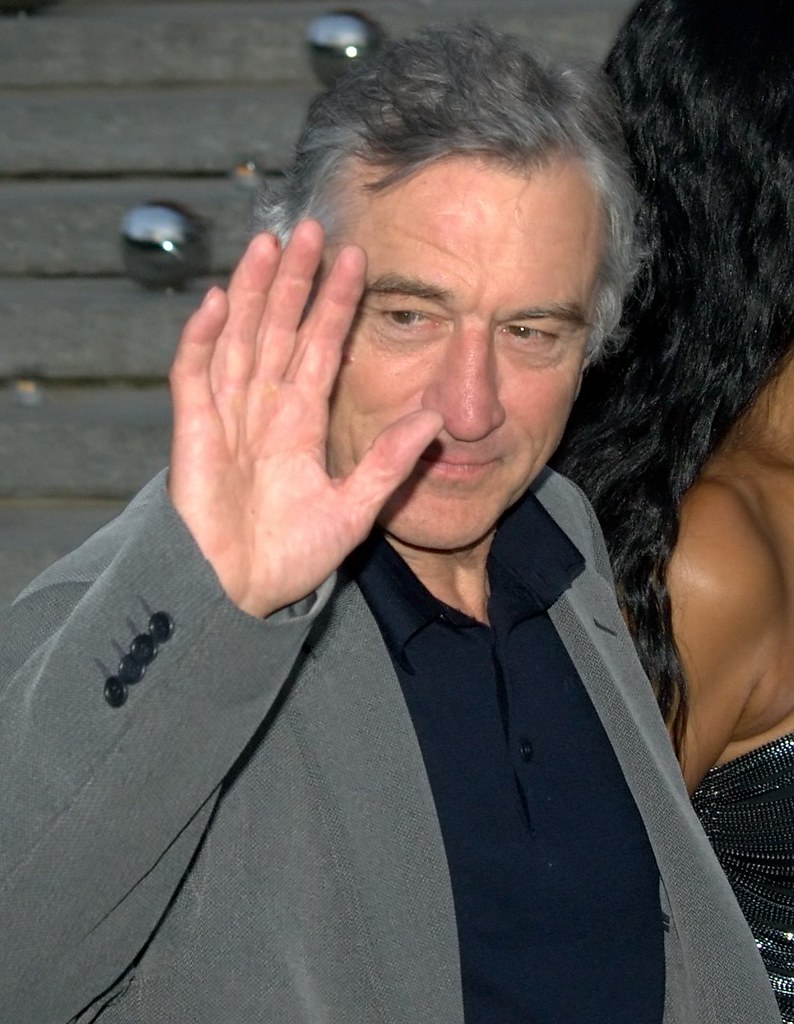
Robert De Niro, a name synonymous with unparalleled cinematic gravitas and transformative performances, stands at a remarkable juncture, celebrating eight decades of life while continuing to shape the landscape of Hollywood. His journey, stretching across more than five decades in film, has not merely been a series of roles but a profound exploration of the human condition, etched into the very fabric of popular culture. From the gritty streets of New York to the grand stages of international cinema, De Niro’s presence has remained an electrifying constant, his artistry evolving yet retaining that visceral intensity that first captivated audiences.
Indeed, De Niro’s singular devotion to his craft—a meticulous, often physically demanding, embrace of method acting—has set a benchmark for generations of performers. He doesn’t just play characters; he inhabits them, undergoing profound psychological and physical metamorphosis that blurs the line between actor and role. This commitment, coupled with his extraordinary collaborations with visionary directors, most notably Martin Scorsese, has solidified his status as one of Hollywood’s all-time greats, a true legend whose influence permeates every corner of the industry.
As we delve into the rich tapestry of his illustrious career and intriguing personal life, we embark on an endeavor to unravel the layers of this cinematic titan. Our exploration will journey from his artistic beginnings to his breakthrough moments, examining the pivotal roles that not only earned him numerous accolades but also redefined the art of acting. This is a testament to a man who, even at 80, remains a vibrant, moving force, continually inspiring awe and admiration.
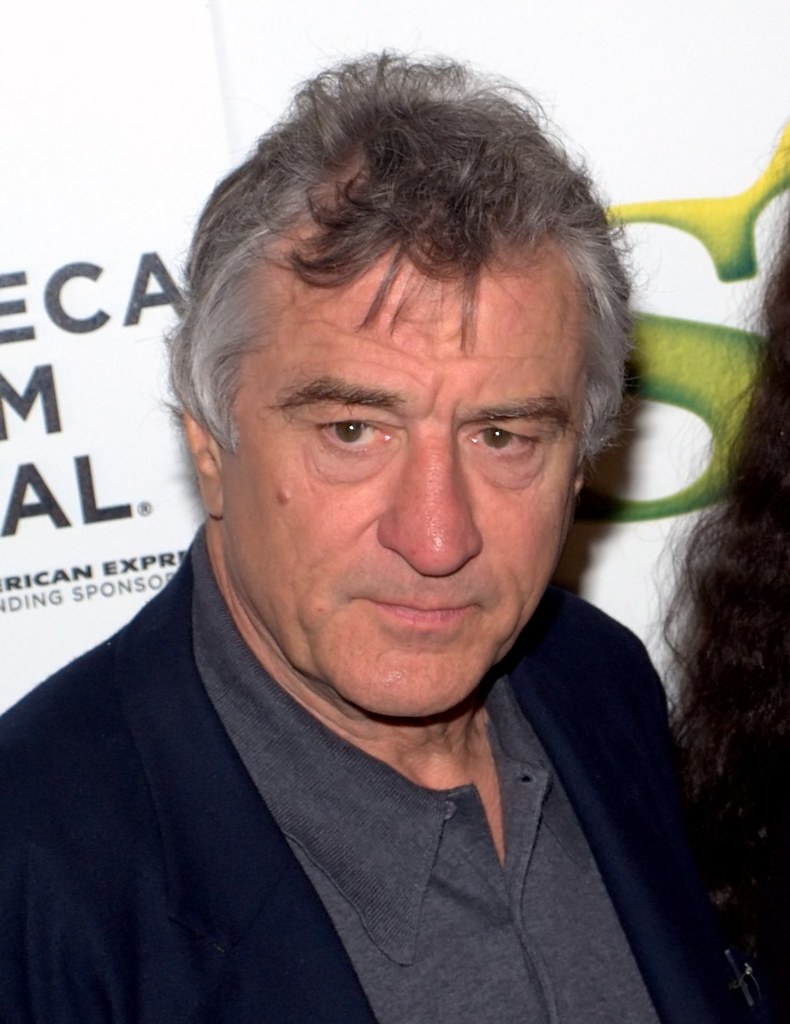
1. **Early Life and Artistic Roots**Robert Anthony De Niro Jr. was born on August 17, 1943, in the heart of New York City, into a household steeped in artistic expression. Both of his parents, Virginia Admiral and Robert De Niro Sr., were respected artists who initially connected at Hans Hofman’s acclaimed Provincetown, Massachusetts, painting classes. His mother, a gifted painter and Berkeley graduate, carved out a significant reputation in the New York art scene during the 1940s and 1950s, while his father was celebrated as a painter, sculptor, and poet whose work garnered high critical acclaim. They were, in essence, the “golden couple” of their artistic circle.
However, this seemingly idyllic artistic union was not to last, as Virginia and Robert Sr. parted ways in 1945, when young De Niro was only two years old. He would later discover that his father was gay, a revelation that added another dimension to his early family dynamics. Primarily raised by his mother, who diligently took on work as a typesetter and printer to provide for her son, De Niro’s upbringing fostered an early, profound connection to the world of art and narrative.
A bright and energetic child, De Niro’s fascination with cinema was ignited through frequent visits to movies with his father, fostering a particular admiration for Swedish actor Greta Garbo. His mother’s part-time role as a typist and copyeditor for Maria Picator’s Dramatic Workshop serendipitously allowed him to attend children’s acting classes for free. This early exposure paved the way for his stage debut at age 10, where he charmingly portrayed the Cowardly Lion in *The Wizard of Oz*.
Accepted into New York’s prestigious High School of Music and Art, an institution specializing in visual and performance arts, De Niro found himself overwhelmed by the intense and competitive environment, leading him to drop out after only a few days to attend public school. It wasn’t long before he completely lost interest in formal education, eventually joining a “rather tame Italian street gang” as a teenager. Though by all accounts a modest troublemaker, this experience inadvertently provided him with invaluable, firsthand insight into the nuances of Italian mobster culture, which would later prove instrumental in crafting some of his most iconic performances.
Read more about: Totally Rad Reels: A BuzzFeed Journey Through the Best Movies of the ’80s

2. **Breakthrough and the New Hollywood Era**At the age of 16, following a period of disinterest in traditional schooling, Robert De Niro made the decisive choice to fully commit to his passion for acting, dropping out of high school to immerse himself in formal study. Unlike many aspiring actors who might bypass rigorous training, De Niro dedicated significant time to mastering his craft, enrolling at the esteemed Stella Adler Conservatory and briefly studying with Lee Strasberg at the Actor’s Studio in New York City. Stella Adler, a formidable proponent of the Stanislavski method, recalled De Niro as one of her finest students, a testament to his innate talent and dedication.
His cinematic journey truly commenced with a momentary cameo in the 1965 French film *Three Rooms in Manhattan*, but his official debut arrived with the 1968 film *Greetings*, directed by Brian De Palma. This low-budget project, marking De Palma’s second major feature, became De Niro’s pivotal moment of success, coinciding perfectly with the burgeoning wave of a new generation of iconic filmmakers who would define the “New Hollywood” era. This fertile period saw a shift in cinematic storytelling, favoring raw realism and complex characters, a landscape perfectly suited for De Niro’s burgeoning talent.
Throughout the 1970s, De Niro’s ascent was nothing short of meteoric, solidifying his position at the very pinnacle of Hollywood. His radiant style and captivating on-screen charisma garnered a rapidly expanding fanbase, drawing audiences into the depths of his intense portrayals. This era was characterized by his collaborations with esteemed directors who recognized his unique artistic vision and unparalleled commitment.
Beyond his transformative work with Martin Scorsese, De Niro also lent his formidable talent to projects helmed by legendary figures such as Francis Ford Coppola, Sergio Leone, and Quentin Tarantino. These partnerships, cultivated during the vibrant New Hollywood period, were instrumental in shaping his early career trajectory, allowing him to explore a diverse range of roles and firmly establish himself as a leading man of extraordinary depth and versatility, poised for cinematic immortality.
Read more about: 13 Stellar Actors Who Didn’t Deserve Their ‘One-Hit Wonder’ Label – What Happened To Their Epic Careers?

3. **The Godfather Part II (1974): A Masterclass in Portrayal**In 1974, Robert De Niro delivered a performance that not only earned him his first Academy Award but also indelibly etched his name into the pantheon of cinematic legends. His portrayal of the young Vito Corleone in Francis Ford Coppola’s *The Godfather Part II* was a tour de force, a meticulous study in nascent power and quiet menace that showcased his remarkable dedication to character immersion. This role was a turning point, firmly establishing him as one of the nation’s finest actors.
Interestingly, De Niro’s connection to *The Godfather* saga predates his iconic role in the sequel. He had previously auditioned for the role of Sonny Corleone in the original 1972 film, a part that ultimately went to James Caan. Though cast in a smaller role in the first film, he requested to be released to work on *The Gang That Couldn’t Shoot Straight*. Coppola, however, remembered De Niro’s distinctive talent from that earlier audition, leading him to cast the actor as the young version of Sonny’s father, Vito, in the prequel flashback scenes of *The Godfather Part II*.
To prepare for this challenging and nuanced role, De Niro undertook an extraordinary commitment: he learned to speak Sicilian. This dedication extended beyond mere dialogue; it encompassed absorbing the cultural inflections, mannerisms, and underlying psychology of a character who would become one of cinema’s most enduring figures. His ability to convey Vito’s quiet strength, his transition from an immigrant facing hardship to a formidable crime patriarch, was nothing short of captivating.
His efforts were unequivocally rewarded with an Academy Award for Best Supporting Actor, a recognition that underscored the depth and artistry of his performance. De Niro didn’t just play Vito Corleone; he channeled his essence, offering a profound glimpse into the character’s origins and motivations. This achievement marked a pivotal moment, cementing his reputation as an actor capable of profound historical and cultural immersion, setting a new standard for character portrayal in Hollywood.
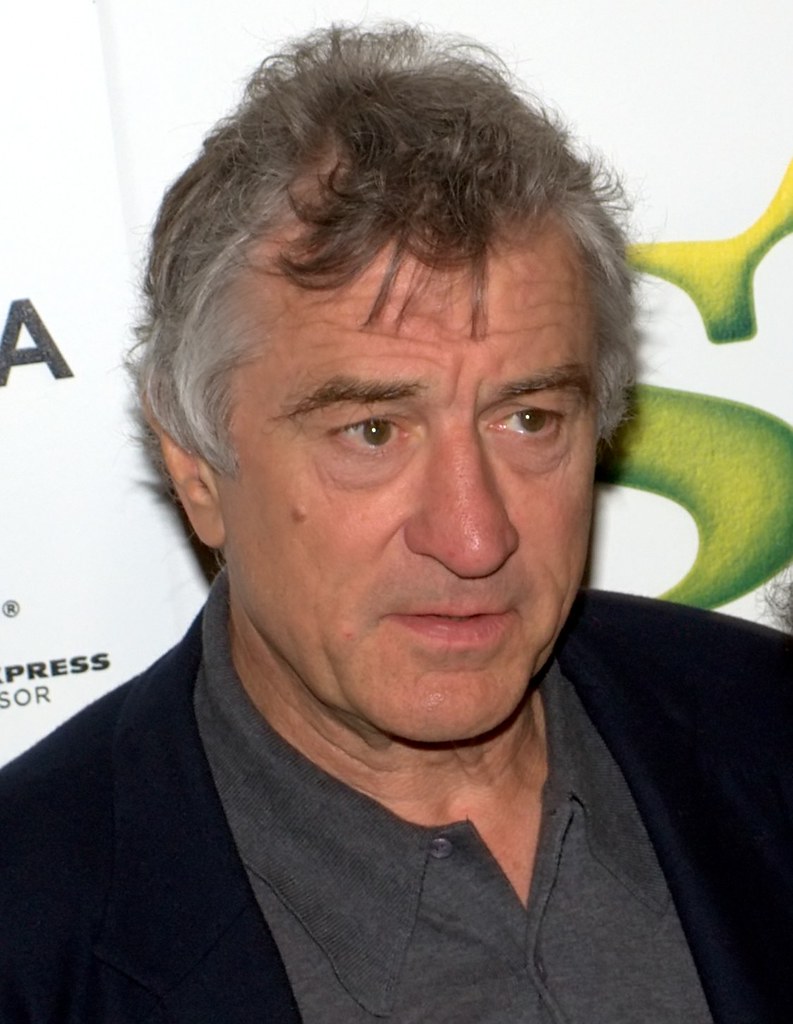
4. **Taxi Driver (1976): The Chilling Travis Bickle**Just two years after his Oscar-winning turn in *The Godfather Part II*, Robert De Niro plunged into perhaps the most chilling and iconic performance of his career: Travis Bickle in Martin Scorsese’s *Taxi Driver* (1976). This role, a stark departure from Vito Corleone, catapulted De Niro into the realm of true movie stardom, cementing his status at the pinnacle of Hollywood success. His portrayal of the murderous taxi driver, a Vietnam veteran descending into a spiral of urban alienation and vengeful vigilantism, left audiences both amazed and terrified.
Sharing the screen with a remarkably young Jodie Foster, De Niro showcased an unparalleled dramatic talent that exuded raw, unsettling power. The film’s narrative, a dark psychological descent, provided a perfect canvas for De Niro’s method acting prowess. His commitment to the role was absolute, undergoing significant physical and mental preparation to embody the disturbed veteran. Scorsese, the director, reportedly lost 30 pounds, undertook firearm training, and meticulously studied the behaviors of both U.S. Army soldiers and real-life taxi drivers to authentically portray Bickle’s psyche and environment.
One of the most enduring legacies of *Taxi Driver* is the improvised line, “Are you talkin’ to me?” This now-famous movie quote emerged from De Niro’s spontaneous genius, reportedly inspired by something Bruce Springsteen had said during a concert. This moment perfectly encapsulated Bickle’s simmering rage and profound isolation, instantly becoming a touchstone of cinematic history and a testament to De Niro’s ability to imbue his characters with an electrifying, unpredictable life.
*Taxi Driver* not only became a cultural phenomenon but also earned De Niro his second Academy Award nomination, this time for Best Actor. His portrayal of Travis Bickle resonated deeply, reflecting societal anxieties and the dark undercurrents of urban life. The performance was a masterclass in psychological realism, showcasing his unparalleled ability to delve into the darkest corners of the human mind and bring forth a character that continues to disturb and fascinate decades later.

5. **De Niro & Scorsese: The Genesis of a Legendary Partnership**The collaboration between Robert De Niro and director Martin Scorsese is one of the most celebrated and enduring partnerships in cinematic history, a symbiotic relationship that has produced some of the most compelling and seminal films of the New Hollywood era and beyond. Their connection began long before their globally acclaimed works, originating with De Niro’s first collaboration with Scorsese in the 1973 film *Mean Streets*.
In *Mean Streets*, De Niro played a street thug opposite Harvey Keitel, delivering a “marvelous performance, filled with urgency and restless desperation,” according to film critic Roger Ebert. This initial venture marked the genesis of a profoundly impactful artistic bond, a relationship built on shared vision, mutual respect, and an intuitive understanding of gritty, character-driven storytelling. Their rapport allowed for an electric and intimate feel in their early films, perhaps benefiting from the smaller budgets that characterized Scorsese’s initial projects, which necessitated a raw, immediate approach to filmmaking.
This strong partnership, forged in the crucible of independent filmmaking, allowed them to explore the complexities of masculinity, morality, and the criminal underworld with an unflinching honesty rarely seen on screen. De Niro became Scorsese’s muse, a vessel through which the director could channel his most profound and often unsettling artistic visions. The actor’s willingness to commit fully to the demands of Scorsese’s narratives, regardless of the character’s moral compass, set a powerful precedent for their subsequent, increasingly ambitious projects.
Their shared journey through cinematic landscapes, from the intense psychological drama of *Taxi Driver* to the visceral brutality of *Raging Bull* and the labyrinthine world of *Goodfellas*, created a distinctive brand of filmmaking. This early period of collaboration laid the groundwork for a legendary body of work, where De Niro’s transformative acting fused seamlessly with Scorsese’s visionary direction, collectively shaping the cinematic language for an entire generation and leaving an indelible mark on how stories of crime, redemption, and alienation are told.
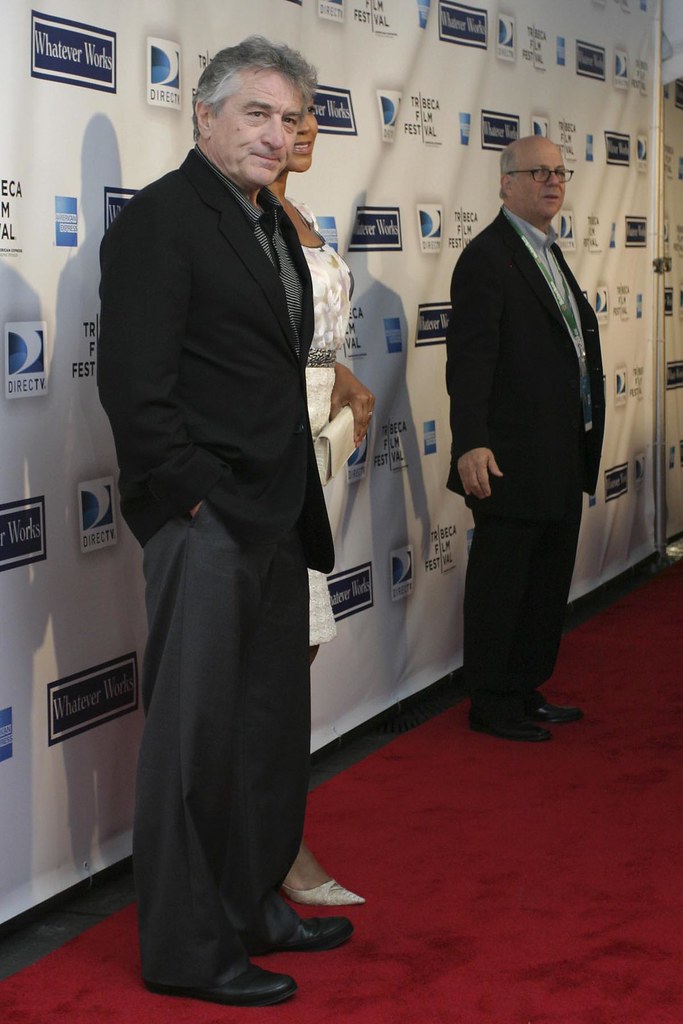
6. **Raging Bull (1980): The Brutality of Jake LaMotta**Following a string of successful collaborations and critically acclaimed roles, Robert De Niro once again teamed up with Martin Scorsese for a film that would define method acting for a generation: *Raging Bull* (1980). In this commercially unsuccessful yet critically adored masterpiece, De Niro undertook the formidable task of portraying middleweight boxer Jake LaMotta, delivering a performance of such raw intensity and profound physical transformation that it earned him his second Academy Award.
Preparation for the role was nothing short of extreme, showcasing De Niro’s legendary dedication to his craft. The previously skinny actor embarked on a rigorous regimen, gaining an astounding 60 pounds of muscle to embody the boxer’s formidable physicality. His commitment went further; he trained directly with Jake LaMotta himself, immersing himself in the boxer’s world, learning the nuances of his fighting style, and absorbing the emotional and psychological complexities of his turbulent life. This was not merely acting; it was a complete submersion into another man’s existence.
De Niro acknowledged *Raging Bull* as one of the most difficult roles to prepare for in his entire career, a testament to the emotional and physical toll it demanded. However, his unwavering dedication yielded immense rewards. In 1981, he was honored with both the Academy Award and the Golden Globe for Best Actor, accolades that recognized the sheer power and artistry of his portrayal. His ability to depict LaMotta’s volatile rage, his self-destructive tendencies, and his desperate search for redemption was nothing short of captivating.
Ron Pennington of *The Hollywood Reporter* lauded De Niro’s performance, stating, “There’s no denying the power and artistry of De Niro’s performance. It took courage from both Scorsese and De Niro to concentrate so intently on such a negative character without making any attempt to soften his personality. And seldom has an actor ever submerged himself so totally into a characterization.” This testament underscores the courage required to inhabit such a complex, often unlikable character, and De Niro’s unparalleled success in doing so forever etched *Raging Bull* as a pinnacle of cinematic achievement and a showcase for his limitless talent.

7. **Embracing Diversity: The 1980s and Beyond**After the monumental success and critical acclaim of *Raging Bull*, Robert De Niro demonstrated his unwavering commitment to artistic challenge by diversifying his roles throughout the 1980s, moving beyond the mobster and intense dramatic characters that had largely defined his early career. This decade showcased his remarkable versatility, proving that his talent transcended genre boundaries and allowed him to inhabit a wide array of fascinating personas, from aspiring comedians to historical figures and even fantastical characters.
Following his role in 1981’s *True Confessions*, De Niro re-teamed with Scorsese for *The King of Comedy* (1983), portraying Rupert Pupkin, an aspiring standup comedian whose delusions of grandeur lead to a desperate pursuit of fame. This role offered a rare glimpse into a more neurotic and vulnerable side of De Niro’s acting. He then took on the part of a Jewish mobster in Sergio Leone’s sprawling historical epic *Once Upon a Time in America* (1984), a film that allowed him to revisit familiar criminal underworld themes with a fresh historical context and a melancholic lens.
The mid-1980s saw De Niro venturing into even more eclectic territory. He appeared in Terry Gilliam’s sci-fi art film *Brazil* (1985), playing a freedom-fighter plumber, a quirky and unexpected turn that showcased his comedic timing and willingness to embrace unconventional narratives. This was followed by his powerful performance in the historically inspired *The Mission* (1986), where he portrayed a former slave trader seeking redemption, demonstrating his capacity for profound moral conflict on screen.
One of the most memorable roles from this period was his portrayal of the infamous gangster Al Capone in Brian De Palma’s crime drama *The Untouchables* (1987), opposite Kevin Costner. De Niro’s dedication to this role was legendary; he famously contacted Capone’s real-life tailors to have identical clothing made for the film and even insisted on wearing the same type of silk underwear Capone wore, even though it was never shown on screen. This obsessive attention to detail, a hallmark of his method, brought a startling authenticity to his portrayal, further solidifying his reputation as an actor who would spare no effort to inhabit his characters fully, regardless of the role’s demands or screen time, culminating in the action-comedy *Midnight Run* (1988), which proved his chops in lighter fare.
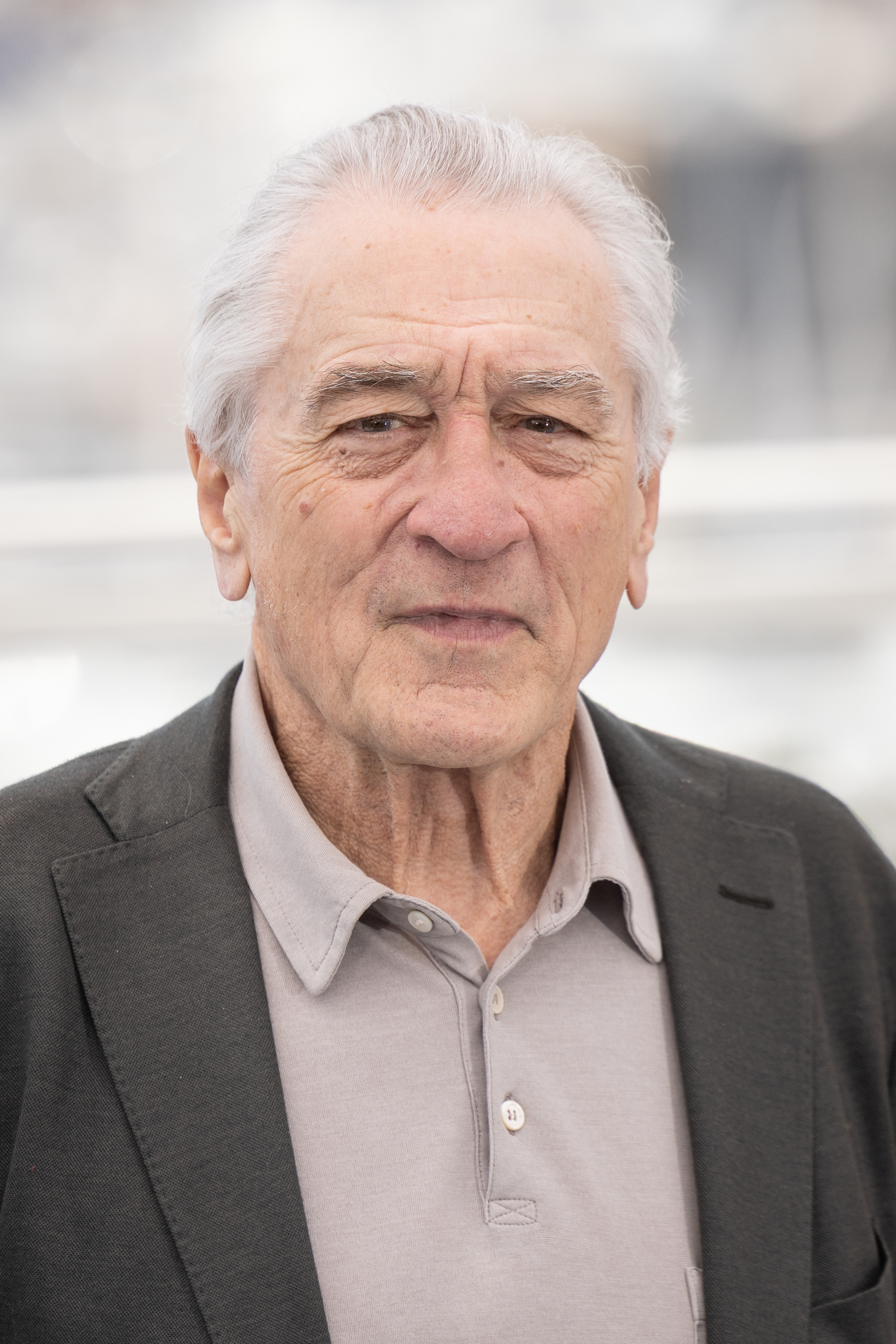
8. **The 1990s: Goodfellas and Further Depths**As the cinematic landscape shifted into the 1990s, Robert De Niro opened the decade with what would become another defining role, reuniting with Martin Scorsese for the highly praised ‘Goodfellas’ (1990). In this modern gangster epic, De Niro delivered a memorable performance as Jimmy “The Gent” Conway, a smooth-talking yet utterly ruthless gangster. While his character was a supporting role, critics like Brode recognized his willingness to take a smaller part as “indicative of his seriousness as an actor,” demonstrating his comfort in contributing to a complex narrative tapestry without needing to dominate the entire film.
Following this acclaimed mobster turn, De Niro showcased his profound range in a starkly different role, earning his fifth Academy Award nomination for his work in Penny Marshall’s ‘Awakenings’ (1990). Here, he portrayed a catatonic patient brought back to consciousness, a performance demanding intense physical precision as he mastered the unique body tics and characteristics of his character’s condition. This role exemplified his commitment to transformative acting, even when not embodying a figure of raw power.
The early 1990s also saw De Niro continue his foray into intense dramatic fare with roles as a blacklisted director in ‘Guilty by Suspicion’ and a fire chief in Ron Howard’s ‘Backdraft,’ both released in 1991. These films further cemented his reputation for selecting roles that plumbed the depths of human experience, whether in emotionally charged dramas or high-stakes action scenarios.
However, it was his next collaboration with Scorsese that truly shocked audiences, as De Niro terrifyingly reinvented himself as a tattooed rapist stalking a family in the 1991 remake of ‘Cape Fear.’ For this role, he underwent another physical metamorphosis, adhering to a strict diet and workout regimen to add muscle, and even paid a dentist $5,000 to create his character’s menacing appearance. This intense portrayal not only garnered him his sixth Academy Award nomination but also made ‘Cape Fear’ the highest-grossing collaboration between De Niro and Scorsese to date, earning over $182 million worldwide and proving their partnership could thrive even in darker, more commercial thrillers.
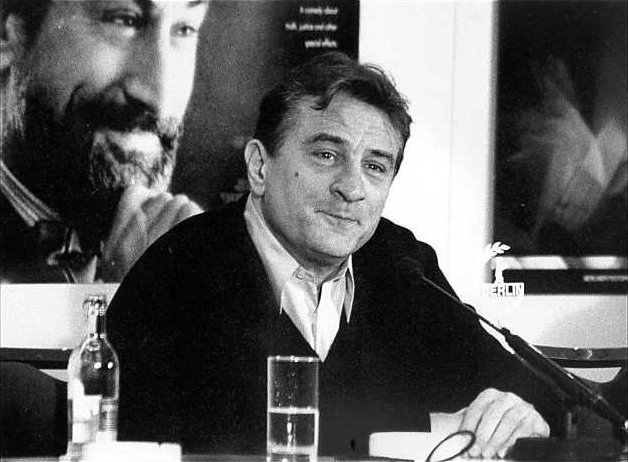
9. **Directorial Vision and Expanding Horizons**While the early 1990s were marked by intense dramatic and villainous roles, Robert De Niro also explored edgier, more comedic territory with films like ‘Night and the City’ (1992) and ‘Mad Dog and Glory’ (1993). Yet, it was the latter film that proved particularly poignant, as he portrayed an abusive father opposite a young Leonardo DiCaprio, marking an early, impactful collaboration with the actor who would become another of Scorsese’s frequent muses.
A significant milestone in De Niro’s career during this period was his directorial debut with ‘A Bronx Tale’ (1993). This passion project was an adaptation of a one-man play by Chazz Palminteri, which De Niro had been so impressed by that he called it “one of the greatest one-man shows I’ve ever seen, if not the greatest,” and subsequently acquired the rights for the film. His decision to step behind the camera demonstrated his broader artistic ambitions and a desire to shape narratives from a new perspective, earning him critical praise for his nuanced storytelling.
De Niro continued to diversify his character portfolio, taking on a truly unrecognizable role as the Monster in actor/director Kenneth Branagh’s 1994 adaptation of Mary Shelley’s classic novel, ‘Frankenstein.’ This turn showcased his willingness to transform physically and dramatically for even the most unconventional parts, adding another layer to his reputation as an actor without limits.
The fall of 1995 saw him return to familiar territory, but with a fresh twist, in another Scorsese collaboration, ‘Casino.’ This film, set in the glittering yet dangerous world of Las Vegas mob life, saw De Niro portray a character based on the real-life figure Frank “Lefty” Rosenthal, alongside Sharon Stone and Joe Pesci, further cementing his iconic status in the gangster genre. That same year, he re-teamed with fellow ‘Godfather’ star Al Pacino in Michael Mann’s critically acclaimed crime drama ‘Heat,’ a tense outing about a bank robber and the police detective pursuing him. For this role, De Niro, along with co-stars Val Kilmer and Tom Sizemore, even visited Folsom State Prison to speak with inmates, ensuring an authentic portrayal of the criminal underworld.
Read more about: Live Long and Prosper: Unpacking the Incredible Journeys of the Last Surviving Stars from Star Trek: The Original Series
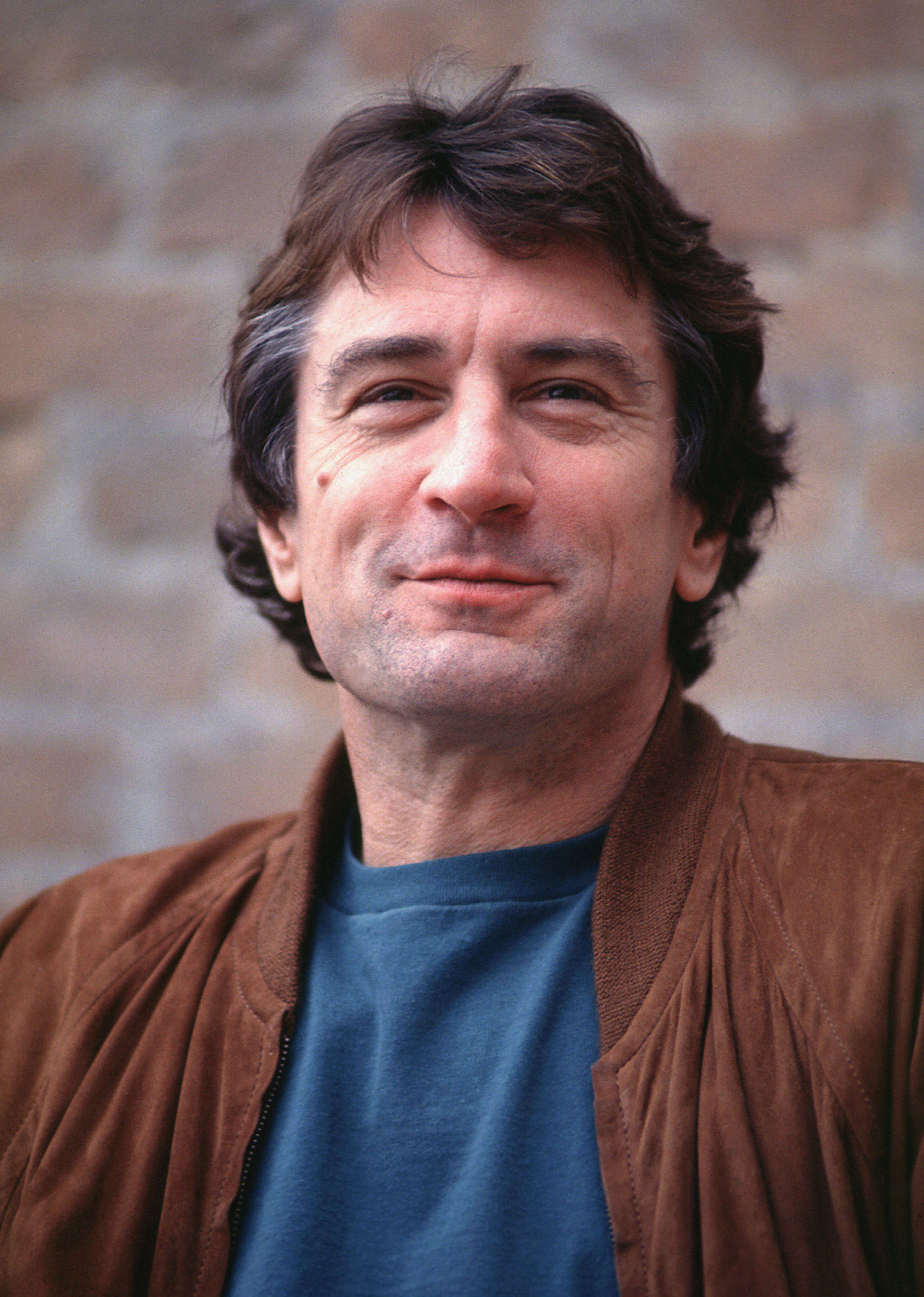
10. **Comedic Triumphs and Unpredictable Turns**As the 1990s drew to a close and the new millennium began, Robert De Niro surprised audiences by venturing into decidedly different territory, proving his comedic chops with remarkable success. In 1999, he starred in ‘Analyze This,’ a hilarious and immensely popular spoof of the mob movies that had previously defined much of his fame. Playing a crime boss who seeks therapy from Billy Crystal’s character, the film earned over $100 million domestically, showcasing De Niro’s ability to send up his own serious persona with expert comedic timing.
That same year, demonstrating his unwavering commitment to varied storytelling, De Niro took on a more dramatic and complex role in ‘Flawless,’ portraying a homophobic police officer who unexpectedly befriends a transgender woman. This performance further underscored his versatility and willingness to explore challenging social themes through his craft, adding another dimension to his evolving career.
His comedic streak continued with tremendous success in 2000’s ‘Meet the Parents,’ where he played Ben Stiller’s intimidating future father-in-law. The film became a smash-hit, leading to two equally successful sequels, ‘Meet the Fockers’ (2004) and ‘Little Fockers’ (2011), which solidified his unexpected but beloved presence in mainstream comedies. These roles allowed a new generation of audiences to appreciate his softer, albeit still intense, side.
Over the next few years, De Niro continued to expertly switch between comedic and serious roles, reuniting with Billy Crystal for the sequel ‘Analyze That’ (2002) and starring in the intricate spy thriller ‘The Good Shepherd’ (2006) alongside Matt Damon and Angelina Jolie. He also delighted in an unexpectedly whimsical role as a secretive, cross-dressing pirate with a heart of gold in the fantasy flick ‘Stardust’ (2007), before returning to more dramatic fare with ‘Everybody’s Fine’ (2009), illustrating his boundless capacity to reinvent and surprise.
Read more about: Chameleons of the Silver Screen: Unpacking the Unparalleled Versatility of 14 Iconic Actors Across Genres
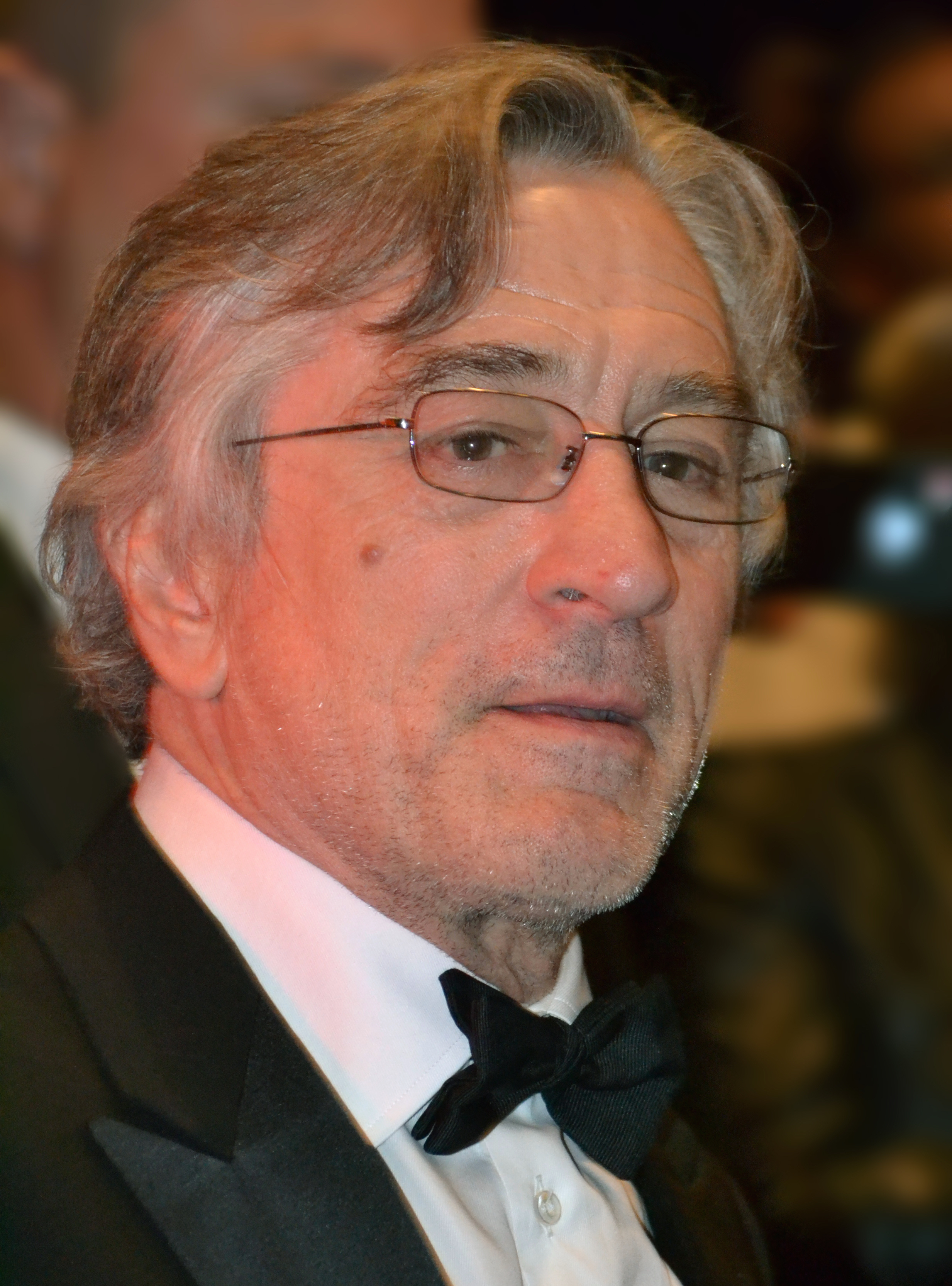
11. **Later-Career Acclaim and Enduring Relevance**Even in his later career, Robert De Niro continued to draw critical acclaim and demonstrate his enduring relevance in Hollywood. In 2012, he earned his seventh Academy Award nomination for his powerful performance in David O. Russell’s ‘Silver Linings Playbook,’ where he portrayed the father of a mentally troubled son, played by Bradley Cooper. Film critic Justin Chang lauded his turn, remarking, “It’s hard to remember the last time De Niro was this effortlessly endearing and relaxed onscreen,” highlighting a warmth and vulnerability that resonated deeply with audiences.
The following year, De Niro continued his prolific output, appearing in a diverse range of projects including the ensemble comedy ‘The Big Wedding’ with Diane Keaton and Katherine Heigl, the thriller ‘Killing Season,’ and the star-studded comedy ‘Last Vegas,’ where he joined fellow veteran actors Michael Douglas, Morgan Freeman, and Kevin Kline. These roles demonstrated his continued appeal across genres and his willingness to work with both established and emerging talent.
His collaborations with director David O. Russell also continued, with an uncredited yet impactful appearance as a mafia boss in ‘American Hustle’ (2013) and a co-starring role as the father of Miracle Mop inventor Joy Mangano in the biopic ‘Joy’ (2015), opposite Jennifer Lawrence. That same year, De Niro showcased his understated dramatic talent in Nancy Meyers’ comedy ‘The Intern,’ playing a widower who returns to the workforce, delivering a performance that was both charming and poignant.
In 2016, De Niro added another historical figure to his repertoire, portraying Ray Arcel, the trainer of Panamanian boxer Roberto Durán, in the biopic ‘Hands of Stone.’ This period culminated in a significant personal honor when he received the Presidential Medal of Freedom from President Barack Obama, a testament to his profound contributions to the arts and culture, solidifying his status not just as an actor but as an American icon.
Read more about: Tommy McLain, King of Swamp Pop, Dies at 85: A Legacy Etched in Louisiana’s Musical Soul
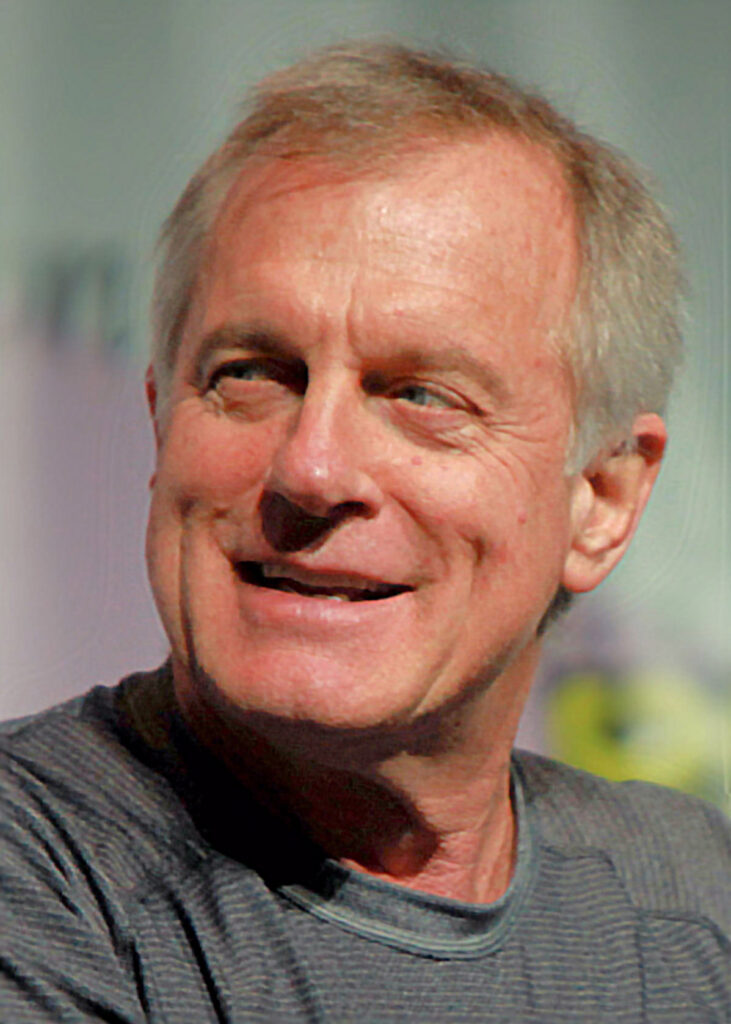
12. **The Irishman and the Tenth Scorsese Collaboration**In 2017, Robert De Niro took on a chilling, real-life role, portraying Bernie Madoff, the infamous mastermind behind a massive Ponzi scheme, in the HBO film ‘The Wizard of Lies.’ His nuanced performance, alongside Michelle Pfeiffer as his wife, earned both actors Golden Globe nominations, once again proving his magnetic ability to embody complex and often unsympathetic characters with compelling depth.
Anticipation swelled for his return to the big screen in 2019, a year that saw De Niro prominently involved in two major features. He first appeared as a talk show host in the critically acclaimed ‘Joker,’ a role that added a layer of gravitas to the dark narrative. However, it was his tenth collaboration with Martin Scorsese that truly captivated the cinematic world: ‘The Irishman,’ an epic crime drama where he played Frank Sheeran, the titular hitman and alleged killer of Jimmy Hoffa.
‘The Irishman’ was a monumental undertaking, not only reuniting De Niro with Scorsese but also with Al Pacino and Joe Pesci. Beyond his powerful lead performance, De Niro also served as a co-producer on the film, earning his first Academy Award nomination in that capacity, for Best Picture. This marked a significant expansion of his role within the industry, showcasing his influence and vision extending beyond just acting.
Their sustained partnership, now spanning over four decades, continued to yield profound cinematic explorations of crime, loyalty, and aging. ‘The Irishman’ was a deeply reflective work, allowing De Niro to bring a lifetime of experience to a character grappling with the consequences of his choices, further cementing the legendary status of the De Niro-Scorsese dynamic and proving that their creative synergy remained as potent as ever.

13. **Killers of the Flower Moon: An Enduring Masterclass**In 2023, Robert De Niro re-teamed with Martin Scorsese for an eleventh time in ‘Killers of the Flower Moon,’ a project that brought him together with his ‘This Boy’s Life’ co-star, Leonardo DiCaprio. This powerful film, depicting a real-life series of murders within the Osage Nation reservation in 1920s Oklahoma, saw De Niro deliver one of his most riveting later-career performances as William “King” Hale, a millionaire cattleman and the manipulative mastermind behind the plot to seize oil rights from the Osage people.
Film critic Brian Tallerico praised De Niro’s portrayal, stating he “gives one of the best performances of his career as a man who prefers to be called ‘King,’ rivetingly capturing the kind of sociopath who can sell murder with a smile.” This critical acclaim was echoed by his Best Supporting Actor nominations at both the Golden Globes and the Academy Awards in 2024, demonstrating that even at 80, his capacity for intense, character-driven acting remains undiminished.
‘Killers of the Flower Moon’ also offered a fascinating comparison in how Scorsese has utilized De Niro versus DiCaprio throughout his career. While De Niro’s collaborations often have an “electric and intimate feel,” possibly due to Scorsese’s smaller budgets during their early films, DiCaprio has exclusively appeared in Scorsese’s large-scale productions, taking center stage. This distinction highlights the evolution of Scorsese’s filmmaking and the unique dynamic he shares with each actor.
Comparing their roles, one can see a clear difference: De Niro’s composed and disconcerting mafia characters in films like ‘Goodfellas’ would never display the same vulnerability and restlessness seen in DiCaprio’s performances in films like ‘The Departed.’ Each actor reflects a different facet of Scorsese’s artistic vision, one who has grown more confident and skilled behind the camera over the years. Should ‘Killers of the Flower Moon’ be De Niro’s swan song—though many doubt it—it would be a remarkable high note, a storybook ending to a career destined for recognition for decades to come.
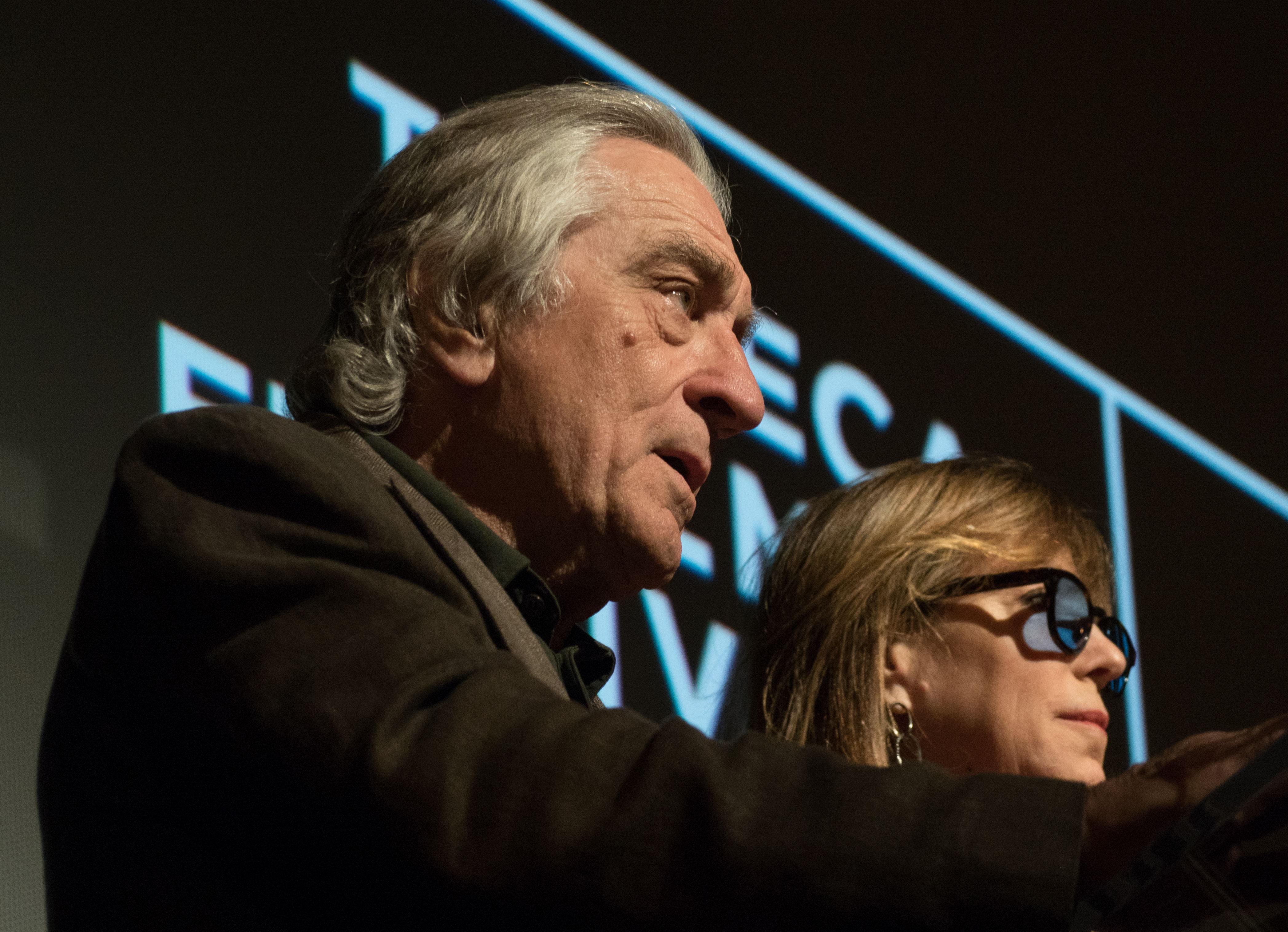
14. **Beyond the Silver Screen: A Man of Many Facets**Robert De Niro’s influence extends far beyond his transformative performances. He is a man perpetually in motion, actively involved in significant philanthropic endeavors. His dedication to healthcare led to the establishment of the De Niro Family Precision Medicine Center at New York-Presbyterian Hospital, which champions personalized treatments for patients. Furthermore, his philanthropic efforts are a platform for raising awareness on various social and political issues, as he frequently advocates for environmental causes and expresses deep concerns about climate change.
His acumen isn’t limited to the arts and charity; De Niro is also a savvy businessman. In 2003, he co-founded Tribeca Enterprises, a multifaceted company that includes a production arm and the prestigious Tribeca Film Festival, which celebrates New York City as a major filmmaking hub. His entrepreneurial spirit also thrives in the hospitality industry, where he partially owns The Greenwich Hotel in New York City and the globally recognized Nobu Hotels chain, as well as the renowned Nobu restaurants and Tribeca Grill, adding substantially to his reported net worth of $500 million as of March 2024.
De Niro’s personal life, while often private, has also garnered attention. He has been married twice, first to actor Diahnne Abbott, with whom he adopted her daughter Drena and had a son, Raphael. After their divorce, he had twin sons, Aaron and Julian, with model Toukie Smith. He later married Grace Hightower, having a son, Elliot, and a daughter, Helen, before their split. In April 2023, at 79, he welcomed his seventh child with his girlfriend Tiffany Chen, though this joy was shadowed by the tragic death of his grandson, Leandro, just three months later. De Niro is also a noted Democratic supporter, famously taking umbrage at former President Donald Trump’s combative style, leading to several public, fiery criticisms and a notable exchange on Twitter.
With Italian citizenship and a diverse ancestry spanning Italian, Irish, French, Dutch, and German roots, De Niro embodies a global citizen. His profound impact on cinema is intertwined with his multifaceted life off-screen, a testament to a man who, as he once famously quipped, believes “Acting is a cheap way to do things that you would never dare to do yourself.” He continues to defy expectations, continually inspiring awe and admiration not just as an actor, but as a dedicated father, philanthropist, and entrepreneur, leaving an indelible mark on both the silver screen and the world at large.
Read more about: Remembering a Legend: Burt Reynolds and His 12 Most Iconic Roles That Defined an Era
As we reflect on Robert De Niro’s astounding journey, it becomes clear that his legacy is not merely a collection of iconic roles but a living testament to an uncompromising artistic spirit. From the method actor who meticulously reshaped his body and mind for each character to the visionary who co-founded a film festival and built a hospitality empire, De Niro embodies a relentless pursuit of excellence. His life story is a powerful narrative of passion, perseverance, and profound engagement with the world, securing his place not just in Hollywood, but in the annals of cultural history as an enduring legend.

